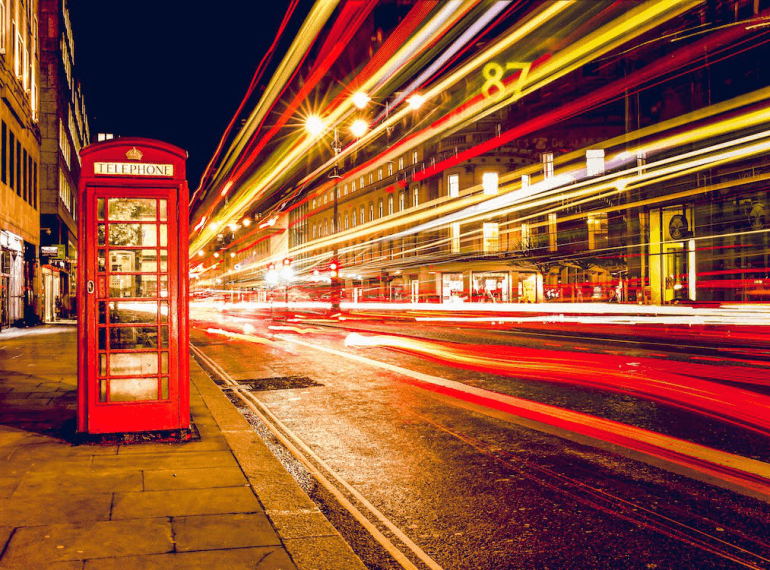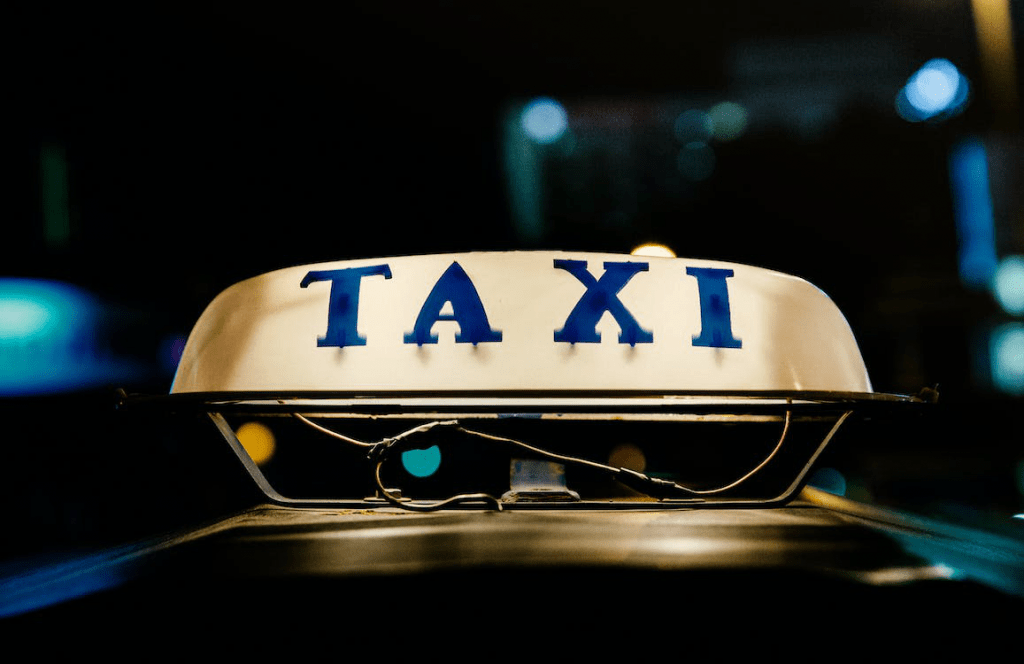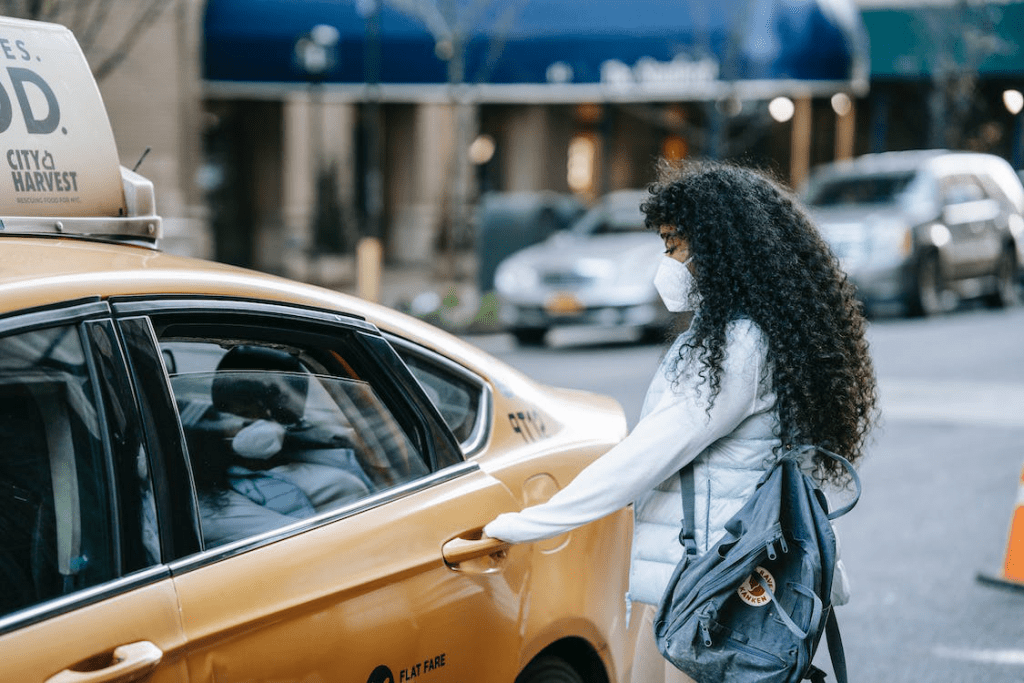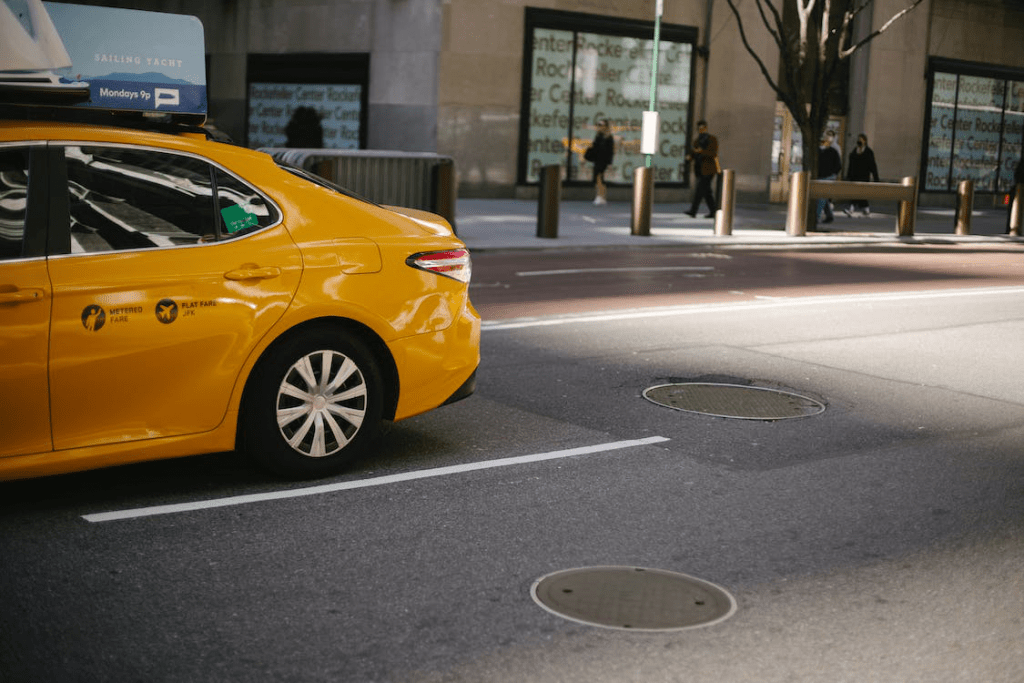
When people think of the UK, they imagine the Big Ben, Buckingham Palace, Red double-decker buses, and the iconic black cabs that many of us have seen on the streets. A UK taxi is as much a British phenomenon as a red telephone booth. They have been transporting people to their destination for a long time, with their roots going back to as early as the 17th century.
Today, a lot of people in the UK rely on taxi services to get around, but most of them don’t know anything about the history of the UK taxi industry. It has come a long way in the last centuries thanks to technological advancements and upgrades, but its purpose has remained the same.
Join us as we walk you through the rich history of the UK taxi industry and uncover its journey from the start to the present.

The Hackney Coach: Part One
Hackney coaches were the 17th-century version of modern transportation. They were quite popular during the horse age and as iconic as the black cabs that roam the streets today. Back when Her Majesty Queen Elizabeth I was the sovereign of the UK and Commonwealth countries, horse-drawn carriages were one of the main ways to get around, but they were mostly owned by the wealthy and elite class.
The word hackney comes from the Norman French term “hacquenée”, which translates to a horse that could be lent. As time went on, the rich sold these old coaches to poor merchants who used them to provide transportation to the citizens. However, the coaches were soon labelled as poor quality and overpriced.
The First Taxi Rank
To deal with this issue, the first taxi rank in the world was established in Strand by Captain John Baily in 1643. He made four coaches to operate on the rank. The horsemen were ordered to wear matching uniforms, and they set prices for each journey.
Many people were inspired by his success and tried to copy his way, but only a few could match the quality he provided. So, in the middle of the 17th century, it was a gamble to ride the hackney coach. You never knew what kind you would get in.
Furthermore, the first regulatory bill for taxis was passed in 1654 by the Parliament, and it came to be known as the “Ordinance for the regulation of Hackney-Coachmen in London and the places adjacent”. It was to regulate these taxis and enhance the quality of service they provided.
Two-Wheel Carriages
Fast forward to the 1800s, you could see over a hundred taxis operating in the streets of the UK. However, the 2-wheeled French cabriolet was introduced in the early 1800s. This is where the term cab was derived from.
These cars had a convertible roof. Soon, it resulted in the introduction of hansom carriages, which were speedier than the four-wheeled hackney coaches. They were very popular and they operated until motor vehicles were introduced in the 1900s.

The First Electric Taxi
The Bersey was made by the London Electrical Cab Company in 1897. It was named after Walter C Bersey. It was also the first effort to try and commercialise electric cabs in the UK. They utilised traction batteries and could ride up to twelve miles per hour, covering around thirty miles on just a single charge.
However, these cabs were heavy, unreliable, and expensive, like most prototypes. They also came to be known as “hummingbirds” due to the loud noise they made. They fell out of favour soon, and electric cars weren’t seen on the streets until recent years.
The Beginning of the Motor Vehicle Era
Taxis started using combustion engines in 1903, and they were a lot more dependable compared to their electric counterparts. The first few engine-powered taxis to operate in the UK comprised the popular French Prunel and British models known as the Rational, Herald, and Simplex.
While the production of these was halted due to World War II, the Austin FX3 was developed in 1943. It is thought to have been the inspiration behind the unique design of present cabs.
In 1958, the FX4 was introduced as FX3’s more improved successor. The TX1 model was developed in 1997, followed by TX2 in 2002. Each upgrade saw improved interior and technological advancements. Finally, the TX4 is thought be to the last of engine-powered UK taxis, with electric cars making a grand comeback and to stay for good.

Choose the Best Taxi Service Provider in Southampton
The UK taxi service industry has indeed undergone some extensive changes in recent years, with online taxi services becoming more popular nowadays.
Go Comfort is known for providing premium and luxurious Southampton taxi service. Our team has well-trained, qualified, and licensed drivers to ensure passenger safety. We have a remarkable fleet of cars that are perfect for everyday travel as they are safe and comfortable, ensuring a seamless ride.
Our late-modelled premium taxis are fully air-conditioned, spacious, secure, and comfortable. Passengers can pre-book transfers from Southampton to numerous locations in London, such as Heathrow, Gatwick, Stansted, Luton and Southend.
In addition to taxi services, we offer airport transfer services, cruise port transfer services, and executive car services. You can book our taxis online and avail our flexible payment options, which include cash and credit cards.
Get in touch with us to learn more about our services.